
When the natural crystalline lens inside the eye becomes cloudy after a certain age (usually above 55 years) it loses its clarity and the evolving cataract gradually blurs the eye sight. When the optician is no longer able to change the prescription of the glasses to improve the vision a cataract removal surgery is required at that stage. However, the visual symptoms could be quite subjective for different patients and some would prefer an earlier cataract surgery depending on individual needs. Cataract surgery is the one of the commonest and most rewarding surgeries which restores lost vision almost immediately and greatly improves a patient’s quality of life. Once the cataract (cloudy natural lens) is removed by a microsurgery, it is replaced by an artificial intraocular lens (IOL) implant as in the diagram above (and the picture under the section ‘Choice of IOL’ below) which is inserted into the eye and helps the patient to see clearly once again.
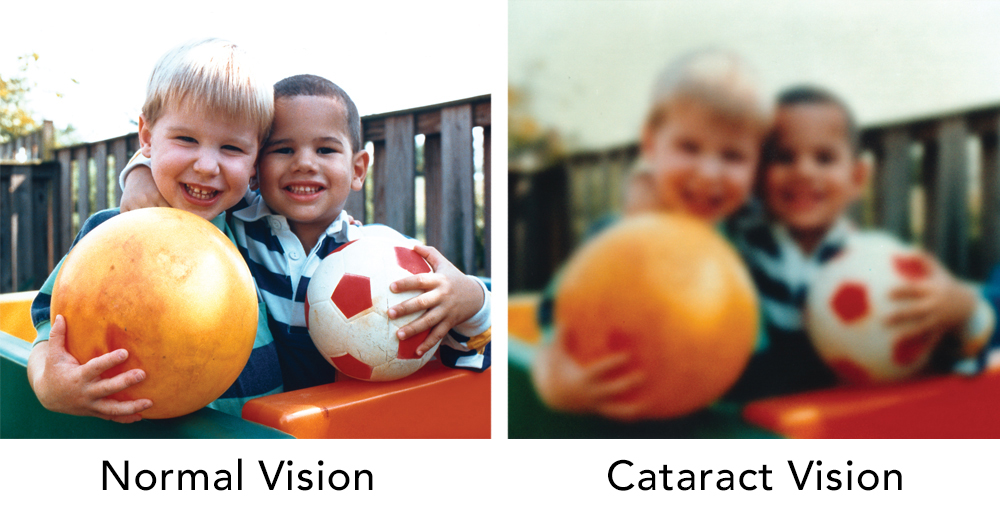
Haloes, blurry vision and increasing difficulty in performing regular activities like watching the television, driving, playing golf, pursuing hobbies, reading, near work etc.
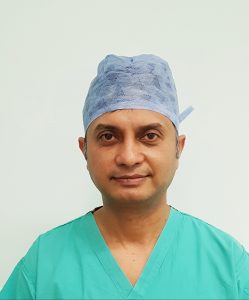
Following a referral from your optician or GP, Mr Bhatta will arrange a 35-minute clinic consultation usually within a couple of weeks when the diagnosis of cataract is confirmed and cataract surgery is agreed with yourself. Preoperative measurements of your eye will then be undertaken with the most accurate and modern ‘IOL Master’ biometer to determine the unique dioptric power (strength) of the intraocular lens implant (IOL) which replaces your removed cataract. A provisional date for the surgery is discussed which is usually within a few weeks of your consultation and this is later confirmed by the hospital bookings team directly over the telephone and an appointment letter which includes details of the costs follows in due course. Mr Bhatta will further discuss with you during the clinic consultation, what to expect on the day of your surgery right from admission to discharge.
On the day of your operation, Mr Bhatta will see you before the surgery in your cabin to reconfirm your consent for the surgery, then in theatres to perform the surgery and finally before you are discharged to ensure everything is to your satisfaction. During the actual surgery which takes less than 30 minutes, you are required to lie down flat and still on a comfortable theatre trolley (bed) with your face covered with a sterile towel and the eye which is being operated upon is gently kept open by a small clip with a bright light from the microscope shining from above. The other eye remains covered under the sterile towel and you can gently blink as normal. You will not be able to see much apart from a very bright light during the entire operation. You may be able to hear your surgeon speak softly with the theatre team if necessary in order to get your operation completed successfully and the phacoemulsification equipment make some noise which are all part of the routine process. The surgery is stitch-less where the tiny wounds (1 to 2 mm) on the surface of the eye self-seal and heal spontaneously within a few weeks until when the eye remains delicate and needs to be looked after with reasonable caution. Once the surgery is completed you are escorted back to your cabin from where you will be discharged. The entire duration of hospital stay should last approximately 4 hours.
Postoperative care: You would be dispensed post-operative eye drops before being discharged which you must apply to your operated eye as advised for approximately 4 weeks. You would also be provided with a clear plastic eye-shield which you need to wear over your eye for a week when you go to bed to prevent the eye from being touched accidentally while you are asleep.
DOs and DON’Ts: You can carry out your daily activities like watching the television, reading the newspaper and take your regular walk as normal. Strenuous exercises, contact sports and swimming are to be avoided during the first few weeks while the eye is still healing. Driving a car for short distances is acceptable after the first week so long you feel comfortable to do so and long distance driving can resume after 3 to 4 weeks.
Postoperative review and seeing your optician: You are entitled a complimentary postoperative review consultation within the cataract pathway in the immediate few weeks following the surgery should it be necessary at any stage (for insured patients this might attract a review consultation fee). Otherwise, if everything is fine, you are expected to see your optician once you have finished your eye drops approximately 4 weeks after your surgery for updating your glasses for the operated eye which would be mainly for near work in most patients. If plans have been pre-discussed for consecutive surgery for both eyes then a date for the second eye surgery would be advised within a few weeks of the first eye surgery.
No surgery including cataract surgery has an absolute 100% guarantee. In the rare untoward event of any problems arising out of the surgery you would have direct access to the consultant via BMI Albyn who would be able to address the issue towards a resolution. Continuity of care would be guaranteed by Mr Bhatta.
Mr Bhatta performs the vast majority (approximately more than 95%) of cataract surgeries under no-needle local anaesthesia by numbing the eye with anaesthetic eye drops which is more than adequate for the duration of surgery which lasts approximately 15 to 20 minutes. On rare occasions in special situations a general anaesthesia might be required which would attract additional charges for the consultant anaesthetist and the duration of the hospital stay might be prolonged by a couple of hours to allow extra time to recover from the general anaesthesia before you are safely discharged home on the same day. You must not drive home yourself after the surgery.
Monofocal IOL – Majority of the cataract surgeries are performed with a premium quality monofocal IOL implant which corrects distance vision including eyes with severe long- or short-sightedness. Patients would need to use a pair of reading glasses for near work following surgery.
Toric IOL – Patients with astigmatism (cylindrical power in spectacle glasses) could opt for a premium Toric IOL implant which additionally corrects most (if not all) of the astigmatism with a view to make the patient spectacle independent for the distance. A pair of reading glasses would be required for near work. Toric IOL implants are regularly offered by Mr Bhatta. This would attract additional charges which are discussed and agreed during clinic consultation.
Multifocal / Extended Depth of Focus (EDOF) IOL – Patients who feel strongly about not having to wear glasses for distance as well as near work and remain spectacle independent following cataract surgery could opt for premium Multifocal / EDOF IOL implants. Patient’s expectations need to be discussed at length and agreed beforehand prior to offering these special premium implants. Multifocal / EDOF implants are offered by Mr Bhatta and would attract additional charges which are discussed and agreed during clinic consultation.
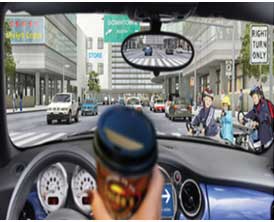
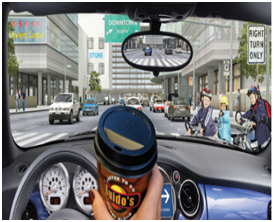
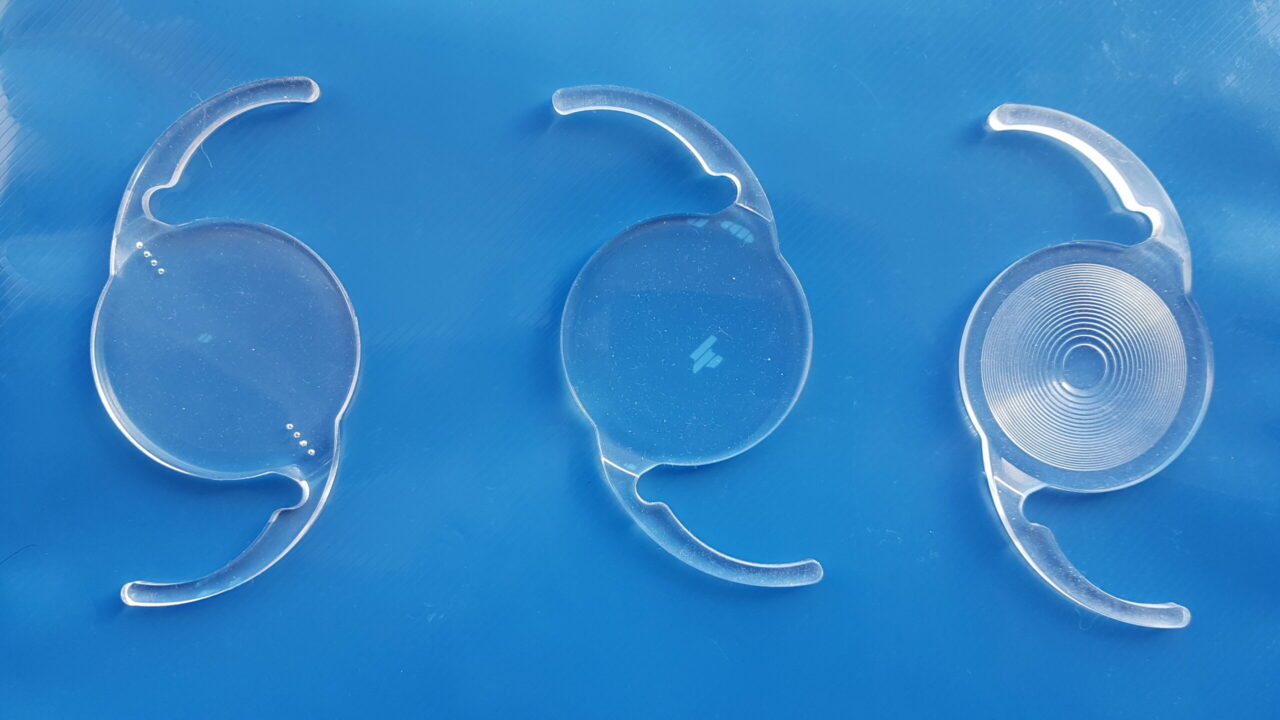
All patients under Mr Bhatta’s care do very well following a successful cataract surgery (operative complication rate is under 0.25% which is much lower than the national average) . Mr Bhatta regularly audits his cataract surgical outcomes and successfully submits his results to the GMC as a part of his licensing and revalidation process. The visual outcomes are better than the national standards outlined by the Royal College of Ophthalmologists and the infection rates are lower than the national average (approximately 1 in 1250 in contrast to the national average of 1 in 1000) for more than few thousand cataract surgeries that Mr Bhatta has performed until now.
It is not uncommon to develop some degree of blurry vision several months to few years after a successful cataract surgery due to natural opacification of the ‘capsular bag’ which holds the intraocular lens (IOL) implant in position inside the eye. This is called posterior capsular opacity (PCO) which can be successfully treated by the consultant as a one-off laser procedure in the clinic. The YAG laser capsulotomy creates an opening in the centre of the opacified capsule and restores clear vision. The procedure is painless and takes only a few minutes in experienced hands. YAG laser capsulotomy is routinely offered by Mr Bhatta in BMI Albyn.